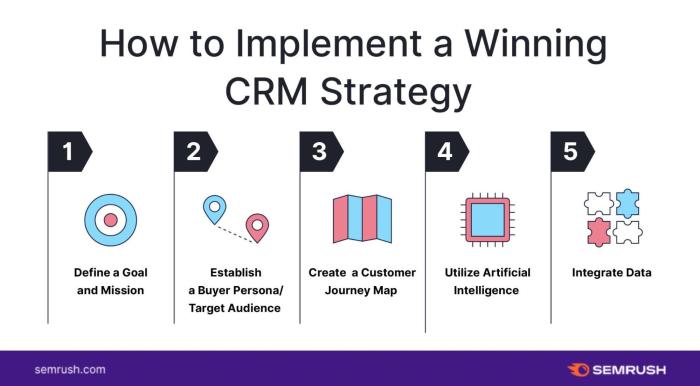The ROI of CRM: How to Measure the Impact on Your Bottom Line – sounds kinda boring, right? Wrong! Unlocking the true potential of your CRM isn’t about endless spreadsheets; it’s about smarter strategies and tangible results. This isn’t just about tracking numbers; it’s about understanding how your customer relationships directly translate to profit. We’re diving deep into the nitty-gritty of measuring CRM effectiveness, showing you how to pinpoint exactly where your CRM shines (and where it needs a serious upgrade).
From defining core CRM functionalities and identifying key performance indicators (KPIs) to analyzing the impact on sales and customer service, we’ll equip you with the tools and insights to calculate your CRM’s ROI and maximize its potential. We’ll even explore future trends in CRM technology and how they’ll shape your bottom line. Get ready to transform your CRM from a data dumping ground into a profit-generating machine.
Defining CRM and its Core Functions
Customer Relationship Management (CRM) systems are the backbone of modern business, enabling companies to effectively manage interactions with current and potential customers. They’re more than just contact lists; they’re powerful tools that streamline processes, improve customer satisfaction, and ultimately, boost the bottom line. Understanding the core functions and various types of CRM systems is crucial for harnessing their full potential.
CRM systems centralize customer data, automating tasks and providing valuable insights. This allows businesses to personalize interactions, improve customer service, and identify valuable sales opportunities. At its core, a CRM system aims to improve customer relationships, leading to increased loyalty, repeat business, and ultimately, higher profits.
Core Functionalities of CRM Systems
The core functionalities of a CRM system revolve around managing and analyzing customer interactions throughout the entire customer lifecycle. This encompasses various aspects, from initial contact to post-sale support. Key functionalities include contact management, sales force automation, marketing automation, customer service management, and reporting and analytics. Contact management provides a centralized database of customer information, while sales force automation streamlines the sales process. Marketing automation facilitates targeted campaigns and personalized communications, and customer service management helps resolve customer issues efficiently. Finally, reporting and analytics provide insights into customer behavior and campaign performance. These functionalities work in concert to provide a holistic view of the customer journey.
Types of CRM Systems
CRM systems are broadly categorized into three types: operational, analytical, and collaborative. Operational CRMs focus on automating and improving day-to-day business processes related to customer interactions. Analytical CRMs concentrate on gathering and analyzing customer data to gain insights into customer behavior and preferences. Collaborative CRMs focus on improving communication and collaboration among different departments within a company to provide a unified customer experience. Many modern CRM systems integrate all three types, offering a comprehensive solution.
Examples of CRM System Utilization
A retail business might use a CRM system to track customer purchases, preferences, and interactions across various channels (online, in-store, phone). This data allows them to personalize marketing campaigns, offer targeted promotions, and improve customer service by proactively addressing potential issues. A SaaS company could use a CRM to manage leads, track sales opportunities, and automate follow-up emails. This ensures that sales teams stay organized and efficient, ultimately leading to faster sales cycles and higher conversion rates. A financial institution might use a CRM to manage customer accounts, track transactions, and provide personalized financial advice. This helps build strong customer relationships and fosters loyalty. The applications are virtually limitless, tailored to the specific needs of each industry and business.
